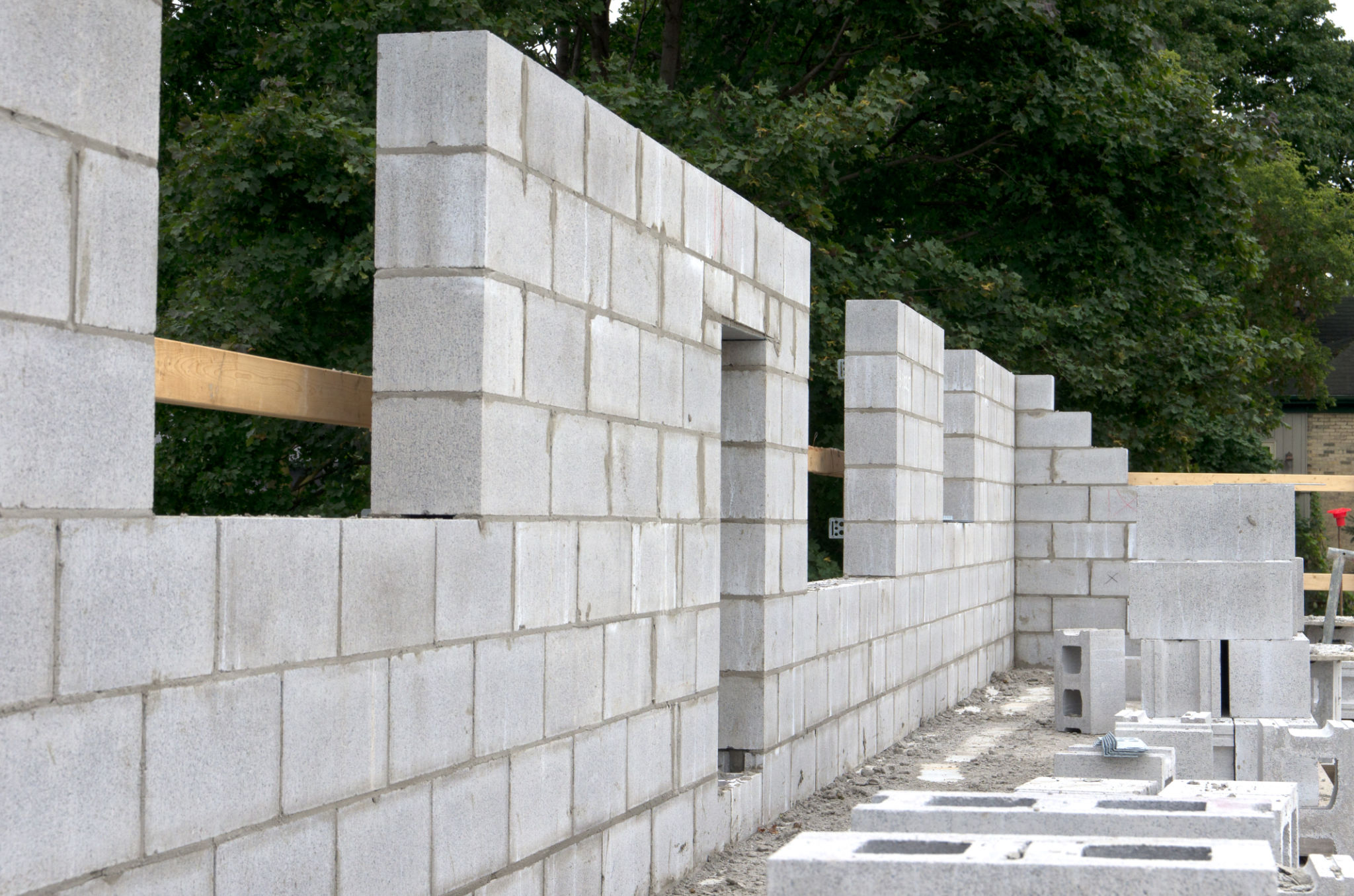Case Study: Transforming a Historic Home with Modern Masonry Techniques in Lehigh Valley
HS
Introduction to the Project
In the heart of Lehigh Valley, a historic home stood as a testament to architectural beauty and heritage. However, the ravages of time had taken their toll on the structure, necessitating a delicate balance of preservation and modernization. This case study explores how modern masonry techniques were employed to breathe new life into this venerable residence, ensuring its charm and functionality for generations to come.

Understanding the Challenges
Restoring a historic home is no small feat. The primary challenge was maintaining the house's historical integrity while incorporating contemporary elements. The existing masonry showed signs of wear, with crumbling bricks and mortar that required meticulous attention. Furthermore, modern building codes and energy efficiency standards had to be seamlessly integrated without compromising the home's original aesthetics.
Evaluating the Structure
A thorough evaluation of the home's structural condition was the first step. Experts analyzed the masonry to identify areas needing repair or reinforcement. This involved assessing the type of bricks used, the condition of the mortar joints, and any underlying structural issues. Detailed documentation ensured that every change respected the home's historical context.

Implementing Modern Masonry Techniques
With a comprehensive plan in place, modern masonry techniques were employed to restore and enhance the home. These techniques included:
- Repointing: Replacing old, deteriorated mortar with new mortar that matched the original in composition and color.
- Brick Replacement: Carefully sourcing and installing new bricks that matched the size and texture of the originals.
- Insulation: Integrating modern insulation materials within the walls to improve energy efficiency without altering the exterior appearance.
Advanced Techniques in Action
One of the standout methods used was tuckpointing, which involved applying a contrasting color mortar to create fine lines along the joints, enhancing the visual appeal. This technique not only preserved the home's historical look but also added a layer of protection against weathering.

The Role of Technology
Technology played a crucial role in this restoration project. 3D scanning and modeling allowed the team to visualize changes before implementation, ensuring accuracy and precision. Additionally, advanced tools like laser-guided levels and computerized mixers ensured consistency in mortar application, crucial for maintaining authenticity.
Sustainability Considerations
The project also prioritized sustainability by using eco-friendly materials and minimizing waste. Reclaimed bricks from local sources were utilized wherever possible, reducing the environmental impact and preserving regional character.
The Finished Product
Upon completion, the historic home stood as a harmonious blend of old and new. The restored masonry not only enhanced the aesthetic appeal but also fortified the structure against future wear. Energy efficiency was significantly improved, reducing utility costs for the homeowners while maintaining the building's historical essence.

Community Impact
This transformation had a ripple effect within the community, inspiring other homeowners in Lehigh Valley to consider similar upgrades. By showcasing how traditional craftsmanship can coexist with modern technology, this project set a precedent for future restorations in the area.
In conclusion, this case study highlights the potential of modern masonry techniques in preserving historical homes. By respecting the past while embracing present advancements, it's possible to create living spaces that honor history and meet contemporary needs.
